Resources
Blog Authors
Blog Categories
Silver Sponsor
Resource Blogs
Reducing an Organization's Risk and Liability by Addressing the Entry
Mitigating risk and liability starts with controlling access to the entry points of a facility. In fact, a regulated mandate that is of major concern to the security professional is the requirement to restrict physical access to a building. Several regulatory standards specifically call out tailgating as a clear violation of compliance.
read more -->
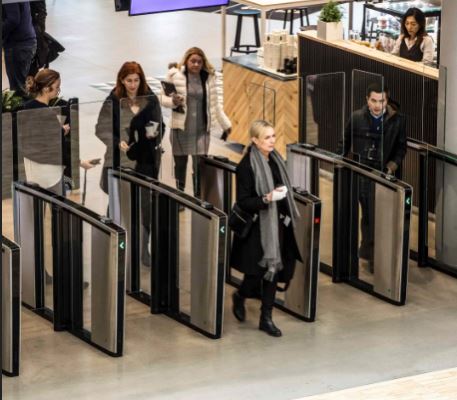
Security Entrances and Active Shooter Preparedness
It’s unfortunate that one of the biggest topics in our industry today is “active shooter.” Once a rare event, it’s now in the news almost weekly and sometimes daily. To an organization, the impacts range from death and property damage to long-term disruption of business continuity.
Organizations today have to take the threat seriously and deploy a number of tactics to get ahead of an active shooter event. These strategies include, but are not limited to, conducting more effective employee screenings and providing counseling; preparing emergency kits; performing safety drills on a regular basis; and rolling out physical security measures to deter, detect or prevent an active shooter from infiltrating and moving throughout the building.
read more -->
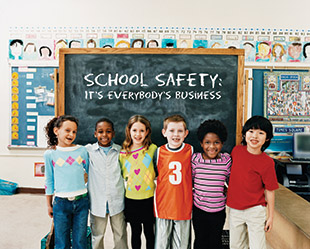
A Few Thoughts on K-12 School Security
There is no one size fits all when it comes to K-12 school security. Schools vary in so many ways: size, age, local environment, affluence, culture, governance, and more. Read some helpful tips and resources that might just help your school be better prepared.
read more -->
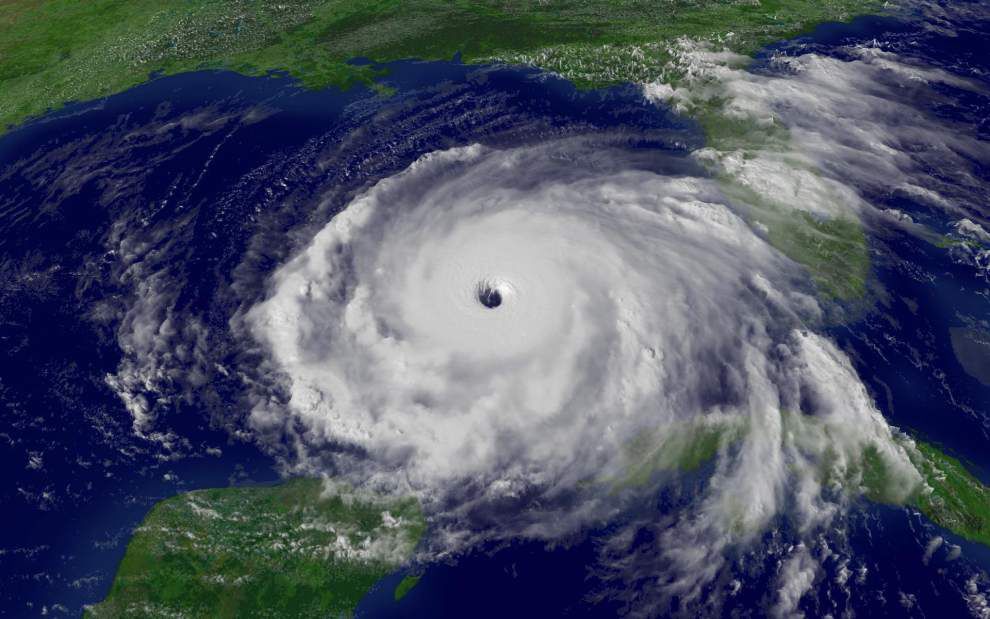
Hurricanes + Security Breach
As the nation watched Hurricane Irma and Hurricane Harvey plummet the south, it was reminded how destructive water can be and how sensitive security is in times of natural disaster. SecuritySpecifiers sends our support to everyone affected by the hurricanes.
read more -->
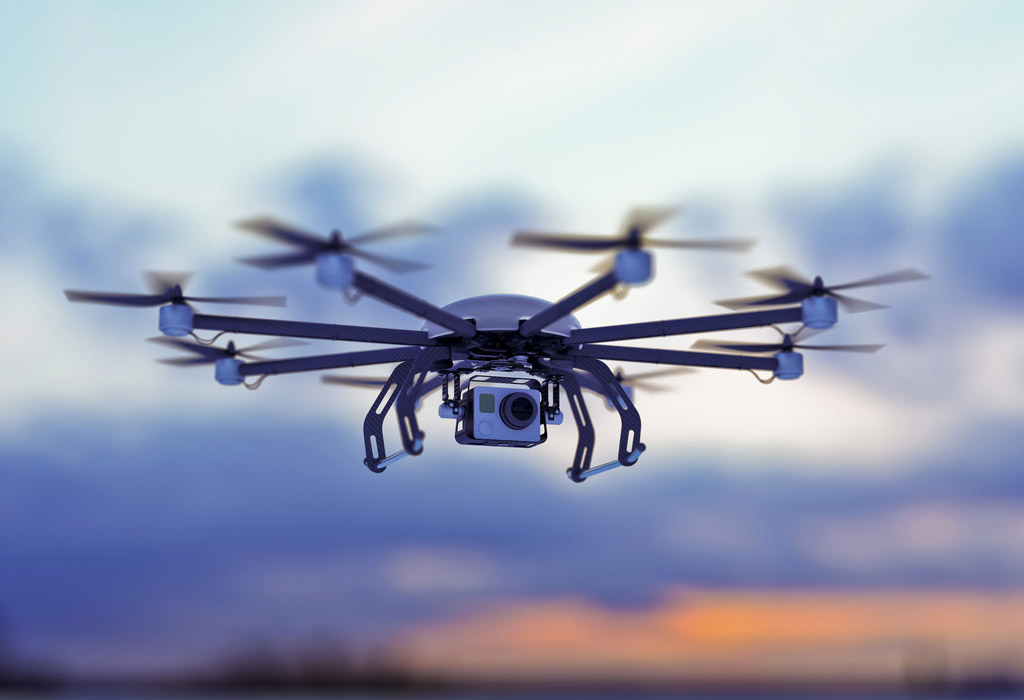
Droning On About Technology
Drones are part of the future landscape of security technologies and security threats. In fact, drones are projected to increase from 2.5 millions units in 2016 to up to 7 million by 2020, according to the FAA. But will drone technology be helpful or harmful (or both) to the security industry?
read more -->
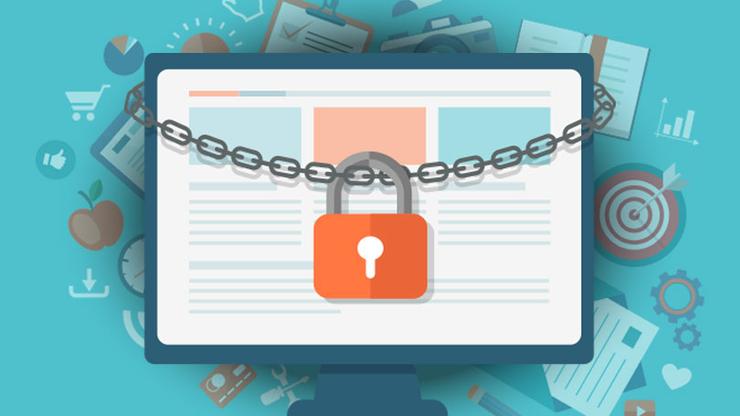
Kidnapping Your Computer
Ransomware is no joke: It’s a type of malicious software used to block access to your data, or threatens to publish and/or delete the data until a ransom is paid to the hacker. Obviously, there’s no guarantee that paying a ransom will return access to you or information or that hacker won’t publish or delete the data. In turn, your computer’s stuck. Read about how you can protect.
read more -->

The State of Security Video Analytics
Examines the current state of video analytics technology
& considerations for modern deployment.
read more -->

Big Data and Privacy for Physical Security
Examines the business expectations regarding big data supported security technology including privacy.
read more -->

Considering a Security Consultant?
Most anyone selling a security product can call themselves a 'security consultant' or 'security advisor', but what really matters when considering a consultant for security project design?
read more -->

PSIA Primer
In my last column, I provided thoughts on the ONVIF specification effort, which was initiated in 2008 by Axis, Bosch, and Sony. This month, I'll turn my attention to another effort to drive system interoperability. Also founded in 2008 by over 20 companies, including Cisco, Honeywell, GE (now UTC), and Tyco, that organization is the PSIA, short for the Physical Security Interoperability Alliance (www.psialliance.org). Although neither have the power of a true standards making organization, I believe that either would claim success if their efforts became de-facto standards and widely adopted by both manufacturers and specifiers.
read more -->
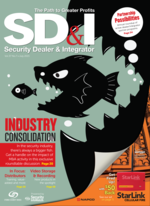
The Inside Scoop on ONVIF
ONVIF was originally organized as the Open Network Video Interface Forum in 2008 by Axis, Bosch, and Sony. With IT standards in mind, these companies realized that standards for devices and clients to communicate and operate with a high level of functionality would be vital to the long term health of the industry. Today, ONVIF has 31 Full Members, an additional 21 Contributing members, and another 454 User Members (see the ONVIF web site www.onvif.org.) The initial focus was on video systems.
read more -->

PSIM Possibilities
In the December 22, 2014 Fortune Magazine article, 'How to Invest in the Internet of Things', the author, Erin Griffith states,'For now the potential of the Internet of things radically outpaces the reality. Research firm Gartner predicts the hype will soon collapse into a 'trough of disillusionment,' followed by a 'slope of enlightenment,' and then, eventually, a 'plateau of productivity.' Notes Tim Herbert at CompTIA: 'We often overestimate a technology's impact in the short term and underestimate it in the long term.'' This reflects my own thinking on the evolution of impactful technologies, and we have two great examples of this in physical security - video analytics and PSIM. Didn't we see all of the early hype surrounding video analytics dissipate into disillusionment, only to witness the technology become mainstream, reaching the 'plateau of productivity' in cameras and VMS systems? PSIM also had great early promise with upstart companies tackling enormous information management problems, only to see many of those acquired (think Verint, NICE, Tyco) and their technologies evolve into broader, more capable product offerings.
read more -->

Remote Power Management
I recently read a whitepaper from Minuteman Power Technologies dealing with the subject of remote power management that discusses the need for a capability to remotely reboot devices through power cycling, as well as proper procedures and associated economics. What should 'management' really mean when it comes to power? Clearly, the answer involves more than just recycling power.
read more -->
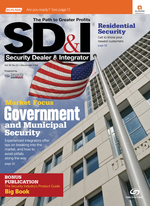
The Latest in Lighting and Power
Raytec (www.rayteccctv.com) has offered network controllable lighting for about two years, and a new wrinkle I recently noticed was powering the light via 'high PoE'. Two not-so-new innovations make this possible - high efficiency LED light sources and high PoE levels which go beyond the IEEE 802.3at PoE+ standard.
read more -->
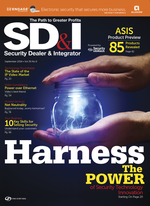
We're Surrounded
It's no secret that megapixel cameras have taken the market by storm, providing the ability to see more with fewer cameras, with progressively better video quality and digital PTZ features. Conversely, fish eye lenses providing up to 360 degree images of varying quality have been around for years. So, it's not surprising that the combination of high pixel density sensors and appropriate lenses, enhanced by sophisticated image processing algorithms, has led to expanded product offerings in really good 180 degree and 360 degree panoramic IP cameras. Let's take a closer look at these three elements to see how they have combined to create this growing class of products.
read more -->

UPS and Downs
Since early in time, back up batteries have been a fact of life in intrusion, access and even CCTV systems. Whether it is in a local panel or as part of a power supply enclosure, batteries serve the function of maintaining power during a limited duration power outage. UL standards cover these, requiring 4 hours for access control (UL294), 12 or 24 hours for intrusion (UL 603 and UL 1076), and 24 hours for fire (UL 864 and UL 1481). If video systems are used as sensors in these systems, they may full under the umbrella of these, also.
Uninterruptible power supply (UPS) systems provide protection beyond batteries, supplying line level voltage to certain end devices or to power supply panels themselves. If the power supply itself has battery backup, there is additional redundancy.
Let's examine some design considerations for these systems and features worth considering.
read more -->

Converging on Convergence
If the end point for where the explosion of network devices and available data is what we are coming to know as big data, it's useful to think about 'convergence' as a journey to that end. So the beginning of this journey today is from a position I'll call 'little data', or the information from a closed security system - cameras, some storage, video management, and often a tie into access control, loosely or tightly integrated.
read more -->
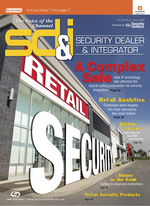
You Can't Kill Coax
It's funny how certain legacy security technologies seem to keep hanging on long past the handwriting of their demise is on the wall or find new life by being repurposed. A large number of analog cameras have shipped over the last 5 years, though their share of the market has steadily declined. Their close cousin, analog-to-fiber optic transceivers, have also stubbornly resisted extinction. But while these electronic product products are sure to go sooner or later, old transmission media doesn't have to. It's easy to see that fiber optic cable can be repurposed to carry any information for which it has the capacity. It's more of a stretch to think the same about coax, but coax lives on. Why? Because it's in place and it has high bandwidth - generally higher than twisted pair.
read more -->
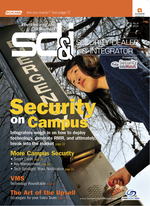
Lights, Camera..Activity
Newark Airport got quite a bit of press in February for its deployment of 171 LED light fixtures that form the backbone of a new wireless network that would not only control lighting, but also transmit data from security devices. The fact that surveillance cameras and activity sensors were to be part of this network caused a great deal of consternation - which tells me how little-informed the mainstream media, not to mention the public in general, really is when it comes to the potential of security technology.
read more -->
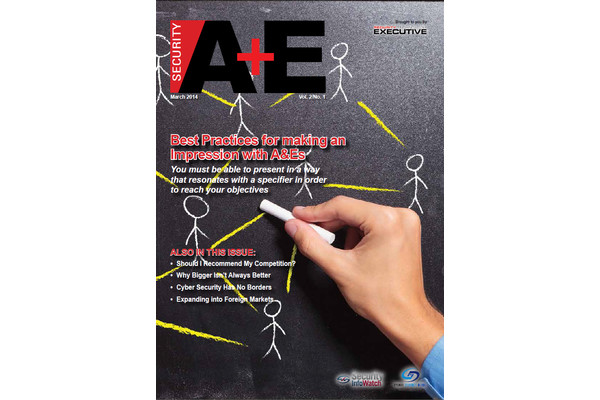
Should I Recommend My Competition?
Too often, people sell what they have instead of focusing on
solving the customer or client problem. It takes moxie to
step out of the box and, if necessary, recommend a competitor’s solution. For a manufacturer, an A&E program
is a commitment to the future, and a short term ‘hit’ can
yield big long term benefits.
read more -->
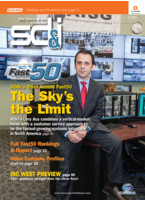
Consumer Market Guinea Pigs
Two articles about advances in consumer-focused technologies have caught my eye recently. While neither was written with the theme of physical security, I nevertheless saw their topics as potential game changers in our market: Wearable cameras and software that tracks facial expressions to predict future behavior.
read more -->
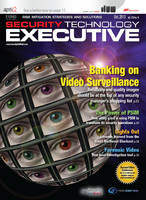
Thermal Imagers: Shrink Wrapped
A new generation of thermal devices open up a potential new set of sensing possibilities, raise awareness, and, perhaps most importantly, put low power thermal imaging into the hands of gadgeteers and tinkerers around the world to conceive new interesting applications.
read more -->
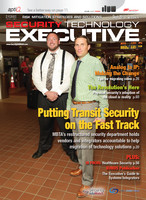
SNMP Primer
SNMP ... today, this could mean “Security - Not My Protocol†for all the use we’re getting out of it. What SMP officially stands for is Simple Network Management Protocol. You may have seen it on a configuration screen for an IP camera or other security device and wondered what it was used for. It really is a pretty useful protocol, and it’s time we did something with it.
read more -->

The Challenge of an Emerging “Quicksilverâ€Security Environment
What is going on with security and consulting that is significantly different than the decades in the years past? What I have experienced in the last 5 years is Physical Security Quicksilver. (Quicksilver - rapid or unpredictable in movement or changeâ€.) The industry used to describe this movement as convergence; however it is more than that now. In many ways the technologies have already converged. Consequently this raises more questions than answers for the security technologist consulting within this moving target.
read more -->

Notes on the Security Consultant of Tomorrow
Two key factors have permanently changed the landscape in which a security design consultant works. This doesn't alter the basic purpose of a security design consultant, but it drastically changes the mindset required to be one in several important ways.
read more -->

The Next Generation Security Consultant
‘The more things change, the more they stay the same’, an opinion that we’re all familiar with and while applicable to many aspects of our professional lives, is totally erroneous and misleading when applied to the ever evolving professional security consultant community. Future security consultants will have to proactively prepare for their careers through education and experience. In the academic world ‘publish or perish’ is still valid, but in our profession it could easily be ‘re-educate or retire’.
read more -->

NextGen Security Consultant
As the future evolves, what must an effective security consultant be able to achieve? Admittedly, the answer must include an understanding of the world as it is and as it is emerging. What might the future present for issues involving security? There are several aspects to explore:
• How and where we live and work in terms of the physical space;
• the social norms and attitudes;
• technology in terms of communication and the associated protocols;
• and the ability to create physical barriers and the tools associated with their operation.
read more -->

What will the next generation of security consultant look like?
As the prevailing threats to safety and security and mitigating technologies have adapted over time, so too has the role and requisite skill set of the security consultant. Systems have gotten smarter. Protocols have been standardized. Transmission media are shared. On one hand, this technological progression has provided us with amazing tools for increasing safety and security.
read more -->
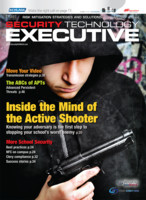
Raising the Bar(s) in Wireless
One of the consistent trends we’ve seen in networking is the continuous increase in network speeds. In wired networks, more devices are appearing with 10 Gbps capability, while 40 Gbps and 100 Gbps equipment is on the horizon.
read more -->

Making Sense of Convergence
Much has been written over these past few years on the topic of convergence, and I would guess that, if you were to ask ten people in the security industry what convergence means, you’d get a like number of differing answers. So, when I sat down to write about technologies driving convergence, I really wanted to start off with a clear statement of what’s being driven and why.
I prefer to take the broad view and look at convergence as the blending and sharing of information across the enterprise for the greater good, enabled in large part by network technology and permitted, if not promoted, by the various stakeholders. This is not just about IT and security, or putting security on the corporate network — it embraces any department or system whose information can interact, inter-relate or affect the business.
read more -->
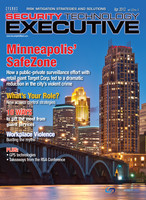
Positioning GPS
From the first time I used a Hertz GPS navigation system in lieu of a paper map on the front passenger’s seat, I have found the technology to be an almost indispensable tool. Its adoption over the last 10 years has been remarkable and, for many, a must-have feature in cars and phones. Not surprisingly, GPS has security applications — and vulnerabilities. GPS is a satellite-based navigation system made up of a network of 24 satellites circling the earth twice daily at about 12,600 miles altitude. GPS satellites transmit 50-watt signals (@ 1575.42 MHz in the UHF band for civilian use) which GPS receivers use to determine time of transmission and, using the signal speed (nearly the 186,000 miles per second speed of light), calculate a distance to each one seen. With three satellites in view, latitude and longitude (2-D) can be derived; and altitude can be calculated (3-D) when four or more satellites are visible. Many GPS units show derived information such as direction and speed, calculated from position changes.
read more -->
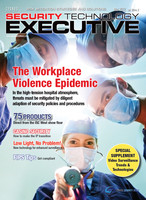
Go to the Replay
The industry is getting smarter in realizing that the information captured on video equipment may be useful in non-traditional security or non-security applications, including retail assessments, crowd patterns, patient care and monitoring, employee behavior, operations assessment, litigation mitigation and more. Assuming any of these are conducted within legally accepted boundaries, the net effect is to deliver enhanced business-related ROI from the security department. Of course, this presumes that the information useful and relevant, and that security people and their IT and business counterparts are able to work together to connect the dots.
read more -->
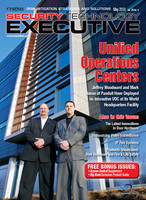
IT companies should be leading the way in training
A topic that has gained significant attention in this industry has been that of training and certifying those who design, sell and install IP-based physical security solutions. In my opinion, IT companies have largely missed the boat on this issue. Where they have had the opportunity to take the industry by the hand to lead it to the IP Promised Land, they have instead relied on already-established programs, providers and certifications targeted at the IT professional. Thus, the industry’s migration to this technology is happening in a disorganized, unstructured manner, with many left wondering the proper path for learning and skills validation.
read more -->

